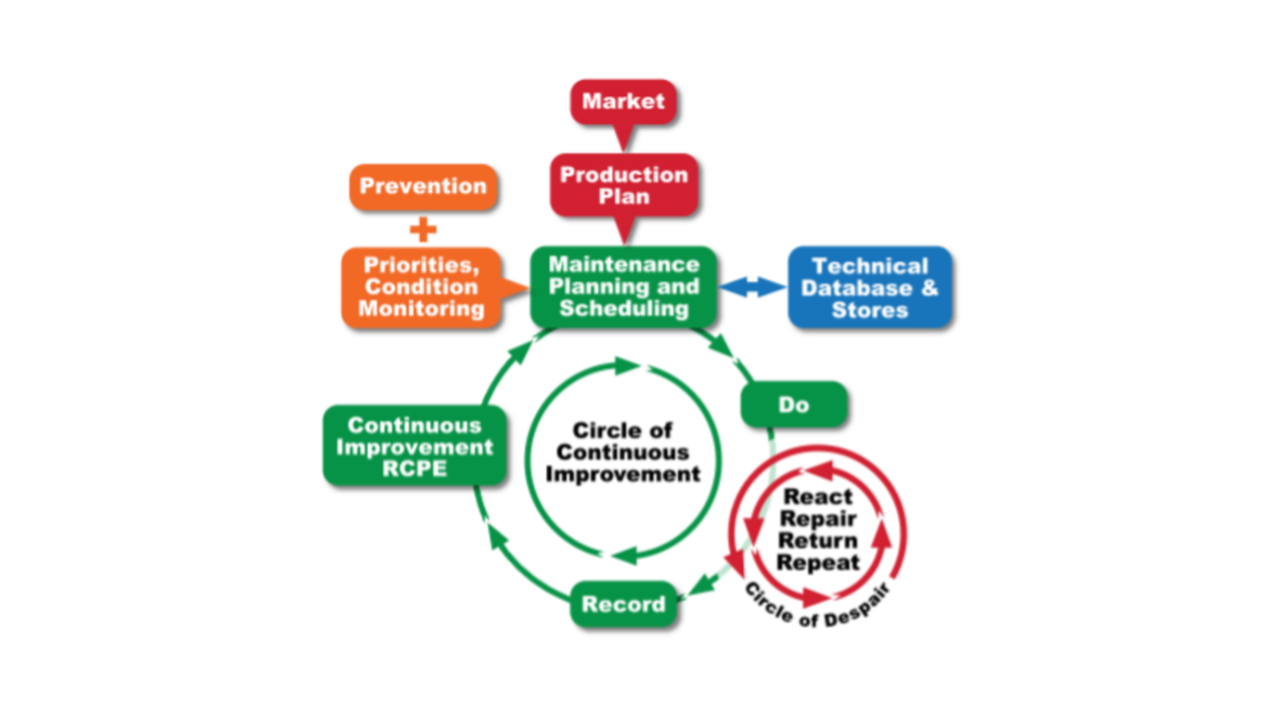How to Label and Number Equipment for Easy Identification
John Sewell, Consultant, IDCON INC
Posted 02/23/2023
Clear labeling of equipment numbers in the field is a quick way to improve many aspects of your work management processes. Some benefits of field labeling equipment include:
- Better work identification
- Less risk of lockout/tagout mistakes
- Faster troubleshooting of process upsets
- More efficient preventative maintenance routes
Equipment locations and numbers are normally generated during development of your plant hierarchy as new equipment is added the plant locations and numbers are added to the existing hierarchy. Unique numbers for individual pieces of equipment are a prerequisite for planning, scheduling, and tracking costs.
General Instructions for Equipment Labeling/ Equipment Numbering
- Use labeling materials that are resistant to likely environmental conditions, such as direct sun or chemical exposure
- Label all similar equipment in a similar location
- Label large equipment in multiple locations
- Protect component nameplates during painting
- Inspect for labels on some frequency and reapply as needed
Examples
Pumps, Fans


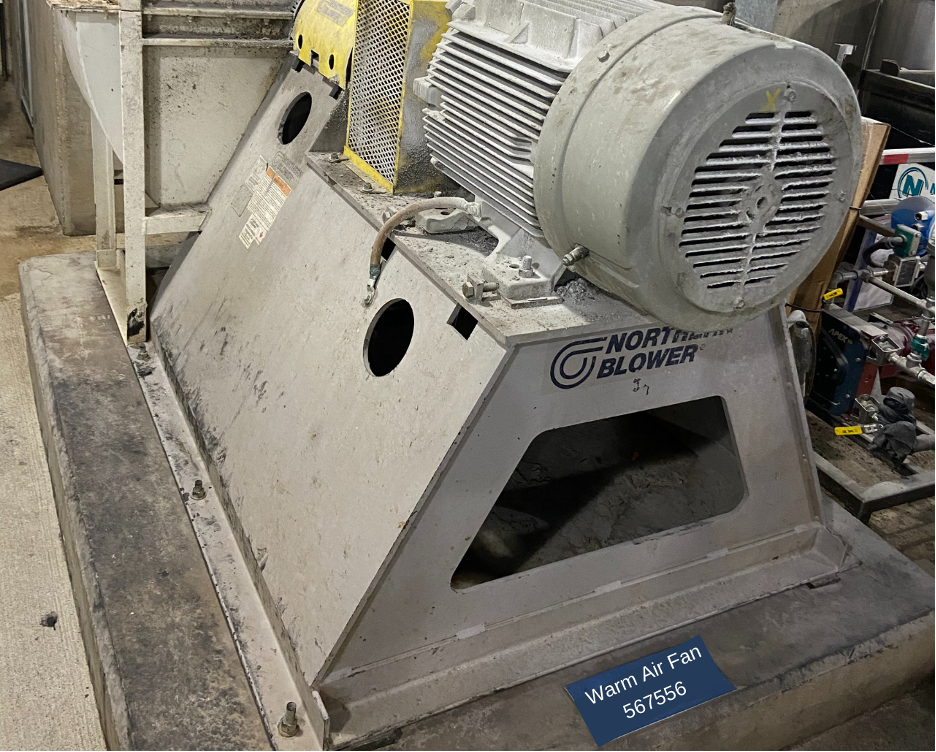
Since individual components will be removed and replaced, label pumps and fans on a part of the equipment that will remain in location, such as the foundation or baseplate. Stencil the equipment number and name directly on the concrete or metal with brightly colored paint. Place labels in the same location across the plant so that missing labels will be noticed. Pump baseplates and foundations are often subject to corrosion due to the pumped fluid or seal water. Inspect labels more frequently on equipment handling corrosive material. The piping and valves around pumps and other rotating equipment are often used for lockout/tagout where clear labeling is important.
Agitators
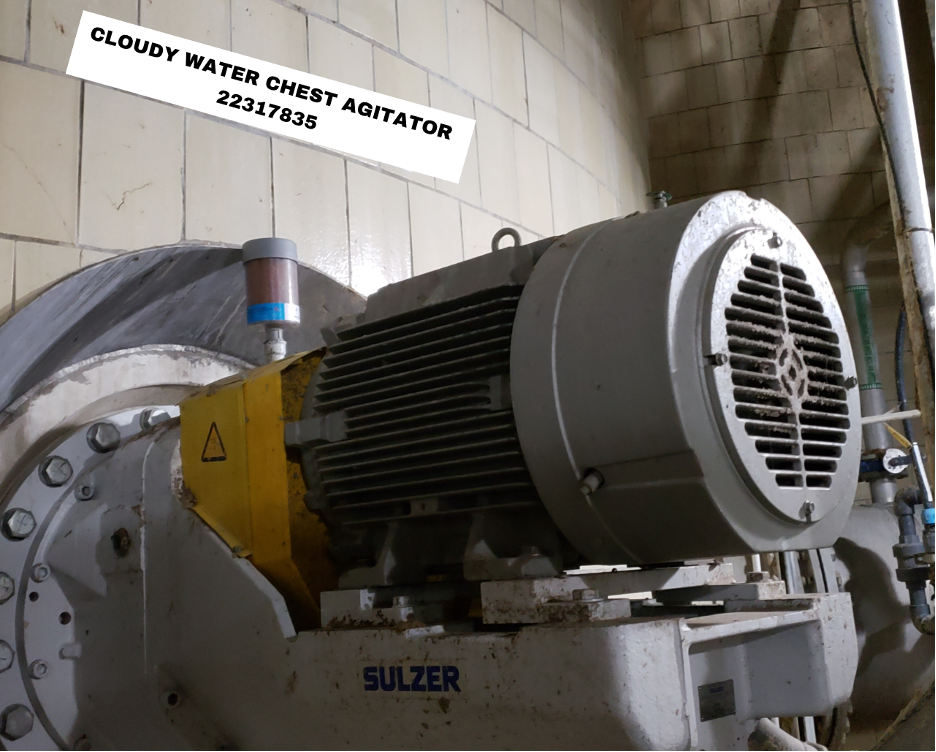
Tank mounted agitators may have the frame removed during maintenance. A best practice is to attach labels directly to the tank or chest where the agitator is mounted. Painting with stenciling or stickers is preferred over hard tags since the curved surface of the tank limits the available adhesive contact area.
Conveyors

Label conveyors on the frame or body near the drive end of the machine. Label the non-drive end of long conveyors or conveyors that extend through multiple rooms or floors. Long conveyors at walking level may have limited access. Labels on both sides of the conveyor will allow for easy identification from whichever direction the conveyor is approached.
Pipes
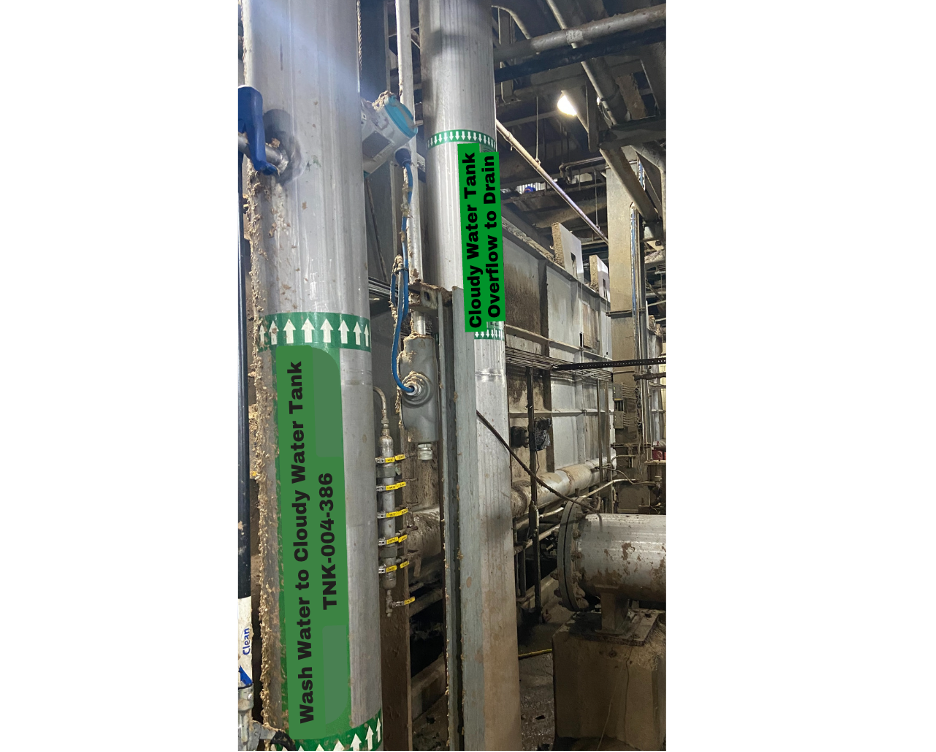
Label piping with flow direction and material in locations to aid operations and maintenance. Labeling around pumps, service connections, blow out stations, and loading/unloading stations can lead to reduced errors and safer operations. Painting the entire pipe according to plant color coding can be used but will have to be carefully managed.
Valves
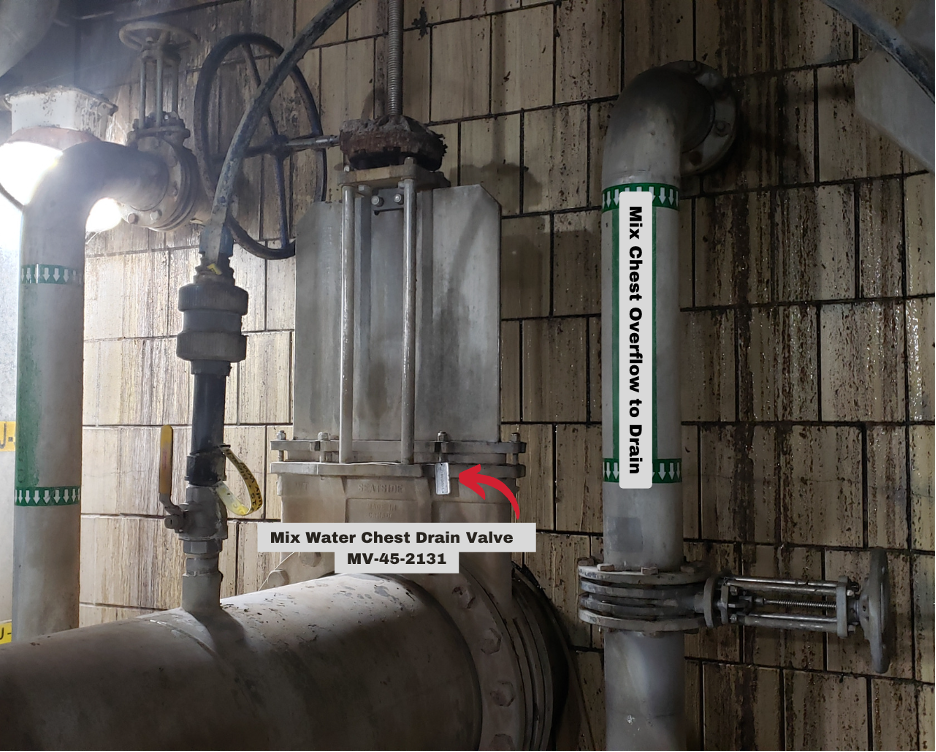
Large manual or automatic valves are often serialized. Serial numbers are often etched on stainless tags and hung from the valve body. Valves that are routinely opened and closed may be marked with extra labeling, usually stating the purpose of the valve.
Vessels and Tanks
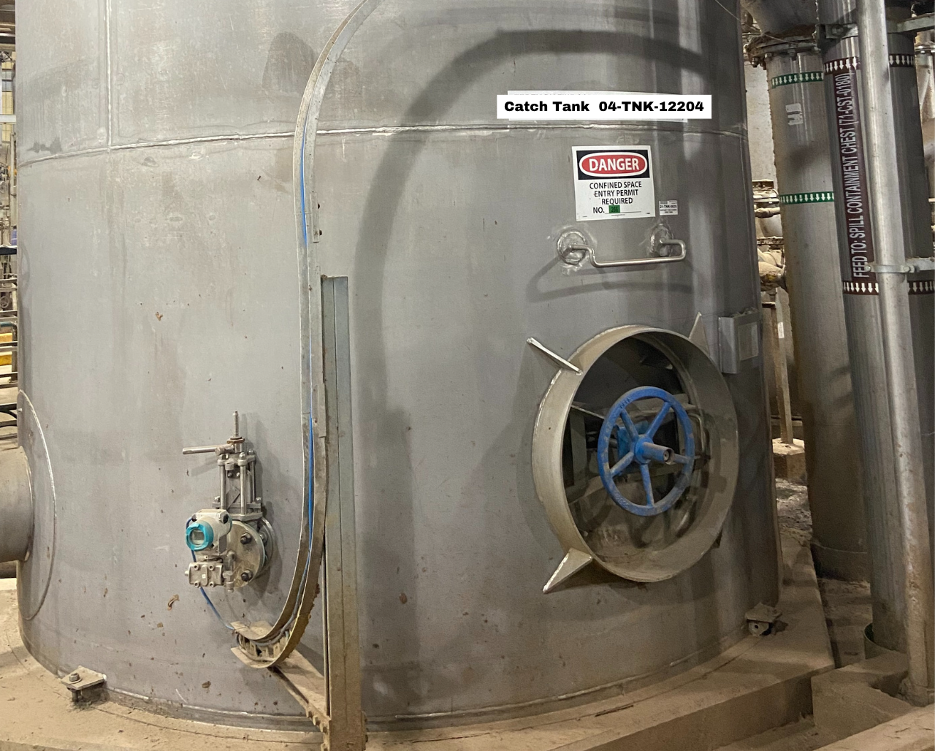
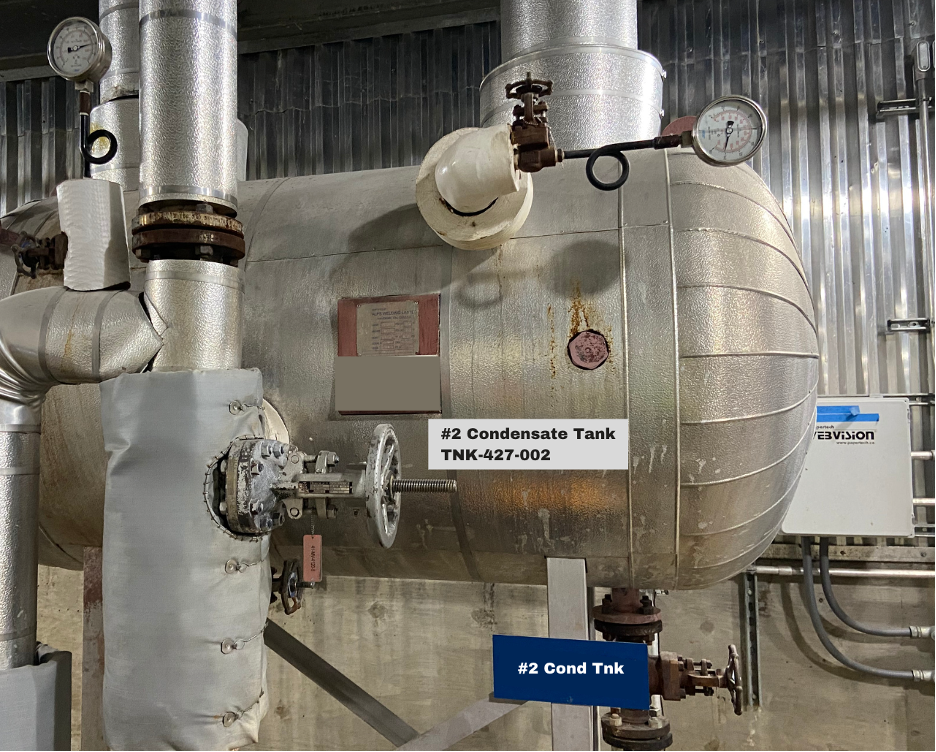
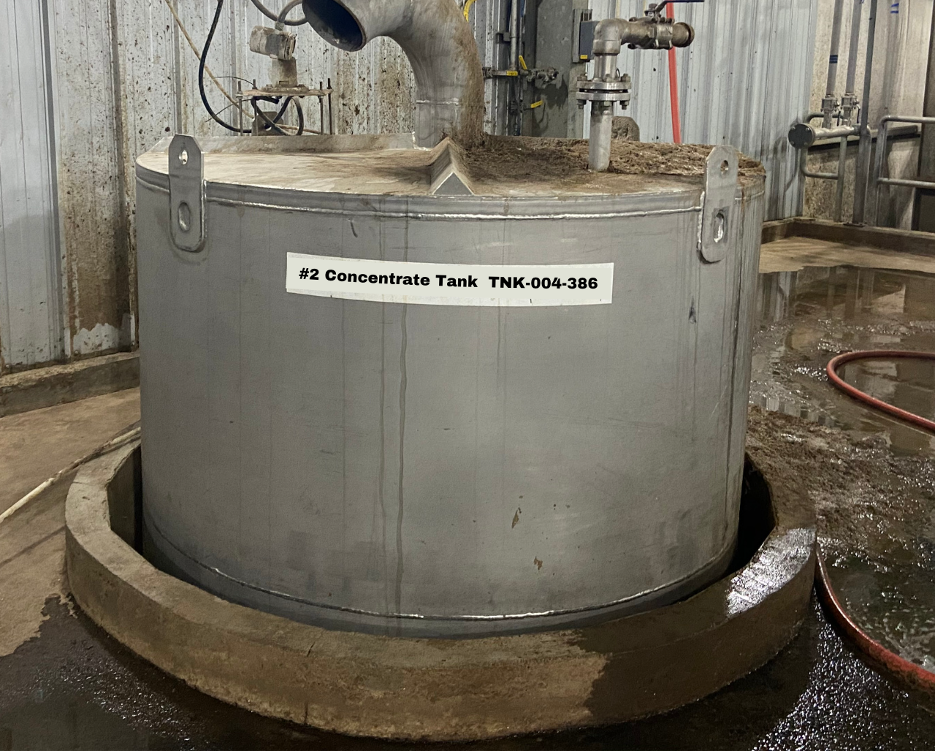
Label vessels and tanks by stenciling the equipment name and number. Place labels in an easy-to-see spot, often over manways or near the manufacturer nameplate. Label the backs or sides of large tanks and label the tank on each floor if it extends through a building. Original equipment nameplates may bear jurisdictional markings like the ASME symbol or National Board numbers. These are often required to be present on the tank and should be routinely inspected for corrosion or damage. Be sure to specify any tank insulation during the design phase so extended nameplates can be used.
What are the Best Practices for Equipment Labeling/Equipment Numbering?
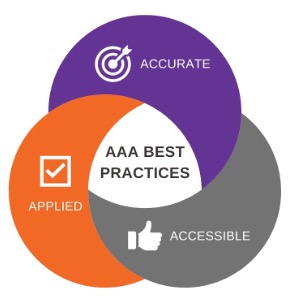
The three categories of best practices for equipment numbering and labeling are to make sure it is accurate, accessible, and applied.
Accurate Equipment Labeling and Numbering
To have accurate information, make sure that all necessary equipment is numbered and labeled. For example, this may cover all rotating equipment trains, tanks, critical pipe systems, and valves over a predetermined size or in a certain application. Make sure to include the correct equipment number and name.
Accessible Equipment Labeling and Numbering
To ensure the equipment numbering and labeling is accessible, use consistent labeling techniques and locations. Standardize on the types of labels that will be used and where labels will be placed. Having consistent equipment numbering and labeling methods will make missing or damaged labels more noticeable.
Applied Equipment Labeling and Numbering
Apply the equipment numbering and labeling standards to any new equipment. Update labeling when changes are made to existing equipment and protect equipment nameplates during repainting. To help ensure the labeling is applied, check the tags and painted labels as part of Condition Based Maintenance routes on a regular frequency.
How Does This Fit into the Technical Database?
Visible and consistent numbering and labeling is one of the eight elements of the technical database. Click here to watch a video about why you should use a Technical Database in your organization or tune in below!
Equipment numbering and labeling support the technical database in a variety of ways. Good field labeling practices can ease the burden on operators, mechanics, and planners. This leads to fewer mistakes and more efficient work execution.
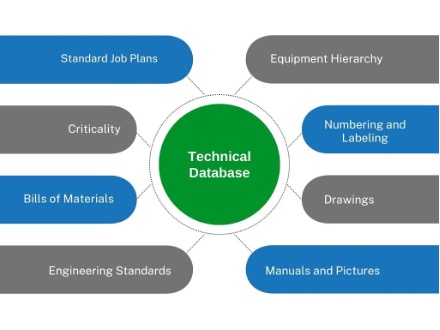
The technical database is made up of eight components, if you’re interested in learning more about each component follow along with the series as it is updated each month.
- Equipment Hierarchy
- Equipment Numbering and Labeling
- Drawings, Manuals, and Pictures
- Engineering Standards
- Bill of Materials
- Criticality
- Standard Job Plans
Sign up for IDCON’s Develop and Manage Preventive Maintenance Training today!

John Sewell, CMRP
John Sewell, CMRP is a Consultant with IDCON INC, a specialized management consulting firm in the field of reliability and maintenance management. As a consultant, John works with clients in any industry to improve reliability and lower manufacturing and maintenance costs through hands-on coaching and training.
Related Articles
What is the Technical Database and How Does it Affect Planning and Scheduling?
Practical Guide to Equipment Hierarchy
Put Your Equipment Drawings, Manuals and Pictures to Work for Cost Savings
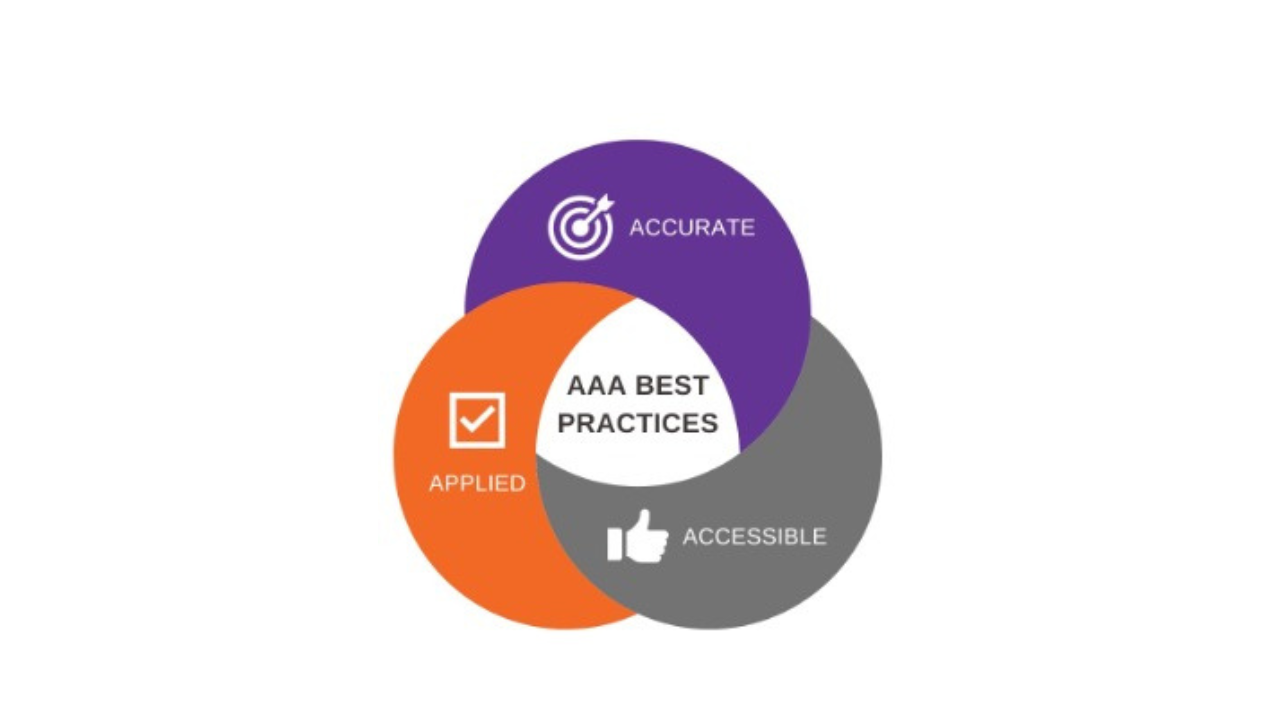
Engineering Standards to Help Lower Cost
